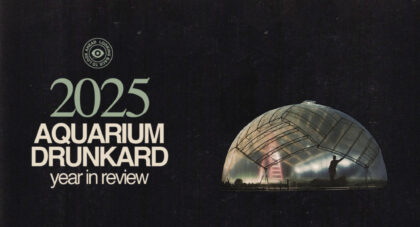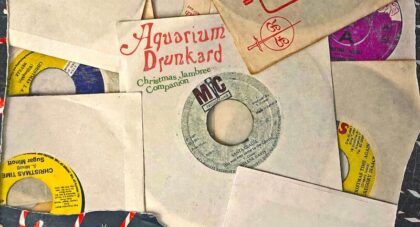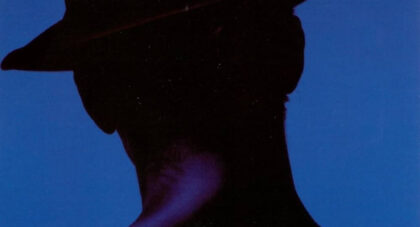Founded by Manfred Eicher in Germany in 1969, ECM Records (Editions of Contemporary Music) has spent nearly 50 years assembling one of the strongest catalogs in musical history. Marked by an attention to sonic space and a distinct visual aesthetic, ECM has released a wide variety of jazz, fusion, modern classical, early music, and world music. “I wanted to approach the recording in a different way, to record jazz in some kind of chamber music mode, like you might a string quartet, for example,” Eicher told the Irish Examiner in 2017. “There was something missing in the recordings I was hearing: a certain air in the music, a sense of space. For me the technical side was not as important as the idea of creating an aura or atmosphere, of finding poetry in the music.”
Last year, the label's massive output finally made its way to streaming services. Though CDs and vinyl remain "preferred mediums," both for the label and the crew at AD, access to the sprawling discography sent more than a few of us here down the ECM rabbit hole. From the label's earliest releases to brand new favorites like the Shinya Fukumori Trio's For 2 Akis, the ECM catalog upholds Eicher's standard of quality. Here, a rough guide to some of the sounds that have drawn us in, 22 recordings exhibiting that "poetry in the music," Eicher spoke about. Or, to borrow and modify ECM's famous tagline, 22 of "The Most Beautiful Sound(s) Next to Silence."
Only the good shit. Aquarium Drunkard is powered by its patrons. Keep the servers humming and help us continue doing it by pledging your support.
To continue reading, become a member or log in.


